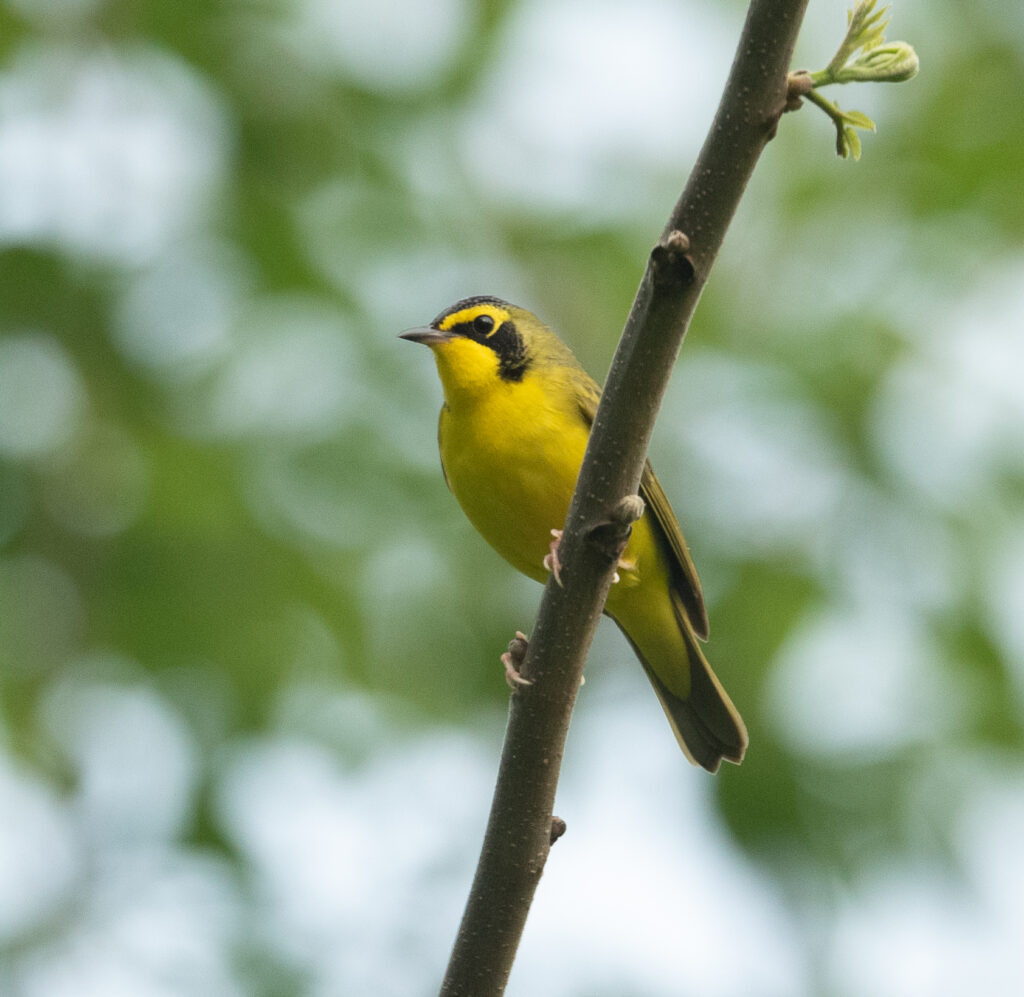By Laura Warman, Grants Manager

Nestled between Hillsborough and Chapel Hill, Brumley Nature Preserve is one of TLC’s most beloved public preserves. Over 40,000 visitors come to Brumley yearly – to hike, ride bikes, walk their dogs, meditate, birdwatch and to participate in volunteer and environmental education events. Brumley is also the stage for ongoing and intensive restoration work to improve habitat for native species- including birds and other pollinators.
Encompassing 673 acres, Brumley is home to diverse habitats, including mature hardwood forests, ponds, small fields and wetlands, along with Stony Creek and its tributaries. Because of it’s extensive land use history (which includes clearing, farming, a homesite, forestry, a planned development, and a hunting club) there are also sections of Brumley which have become home to an array of invasive species- including tree of heaven (Ailanthus altissima), privet (Ligustrum spp.), stiltgrass (Microstegium vimineum) and autumn olive (Eleagnus umbellata). Starting in 2022, TLC has led a focused effort to remove invasive species and diversify habitat structure at Brumley, supported by numerous partners including the Cornell Lab of Ornithology, the Strowd Roses foundation, New Hope Bird Alliance, and more recently, Backyard Butterflies and The Carolinas Butterfly Monitoring Program, among others.
While the word “pollinator” often brings to mind the image of a bee or butterfly, a broad array of animals serve as pollinators – including birds, mammals and even some reptiles. Additionally, animals that serve as pollinators have other important roles, such as being food for other animals or helping to control plant populations (which might otherwise become overcompetitive). Healthy habitats support thriving pollinator communities, which in return support healthy habitats. For example, it is often quoted that a pair of chickadees need around 7,500 caterpillars to feed a single nest full of chicks – without native plants for insects to lay their eggs on, chickadees can’t feed their chicks- even if they don’t feed on those plants directly themselves. Some exotic and invasive species like Butterfly Bush (Buddleja spp.) would seem to benefit pollinators because adult pollinators like butterflies feed on their nectar. However, caterpillars can’t feed on butterfly bushes, and they stop pollinators from visiting the native plants that depend on their pollination services.
With this in mind, TLC has focused on starting restoration of 161-acres in the northern part of Brumley Preserve. Known as Brumley North, this section harbors the most diverse landscapes at the Preserve, which in turn, support the diverse bird populations that make the area a local birding hotspot. To date, 172 bird species have been recorded at Brumley North, and 56 of those species are identified as a N.C. Wildlife Action Plan (NCWAP) Species of Greatest Conservation Need and/or knowledge gap priorities. The initial efforts resulted in many successes, notably the removal of woody invasive species (including all adult tree of heaven stems in the designated areas), the start of prescribed fire regimes to maintain edge and open habitats and planting a diverse array of native species to help support pollinators.
Next time you’re at Brumley North, keep an eye out for the restoration areas, and know that TLC is working hard to ensure that hard-working pollinators can continue to make this a healthy habitat.

